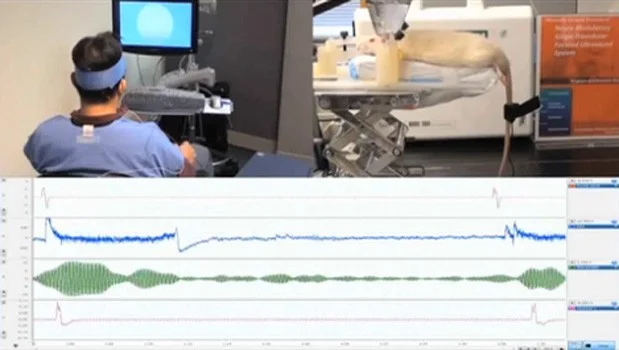Researchers at Harvard University recently showcased a very interesting project where a human participant managed to control a rat.
The experiment – conducted at the Harvard Medical School – was designed to hone a system that allows the human mind to trigger actions in a rat’s motor cortex, the part of the brain that controls movement.

Why would the Harvard Medical School be working on a system allowing the human mind control rats? I’m no doctor, but I would assume the underlying science is an effort in part to help restore movement in paralyzed limbs, perhaps allowing amputees the ability to more easily control prosthetic devices.
After all, if a system can be invented allowing the human mind to control another living creature, extending that control to damaged human limbs or prosthetics should be possible.
The research shows human test subjects wearing sensors on their head as they watch a screen that flashes in sync with their EEG brain patterns. The brain patterns are used for visual stimulation, and when the test subject’s attention is shifted to controlling the rat, the system triggers an ultrasonic pulse, which then twitches the rodent’s tail. (Note: the rats were anesthetized prior to the experiment).
One potential problem or limitation with the above-mentioned experiment is that the system isn’t currently sophisticated enough to map specific thoughts to specific actions. Nevertheless, the door is open for future applications beyond controlling rats. In fact, we’ve even seen research projects focused on exploiting various aspects of mind control to operate robots.






